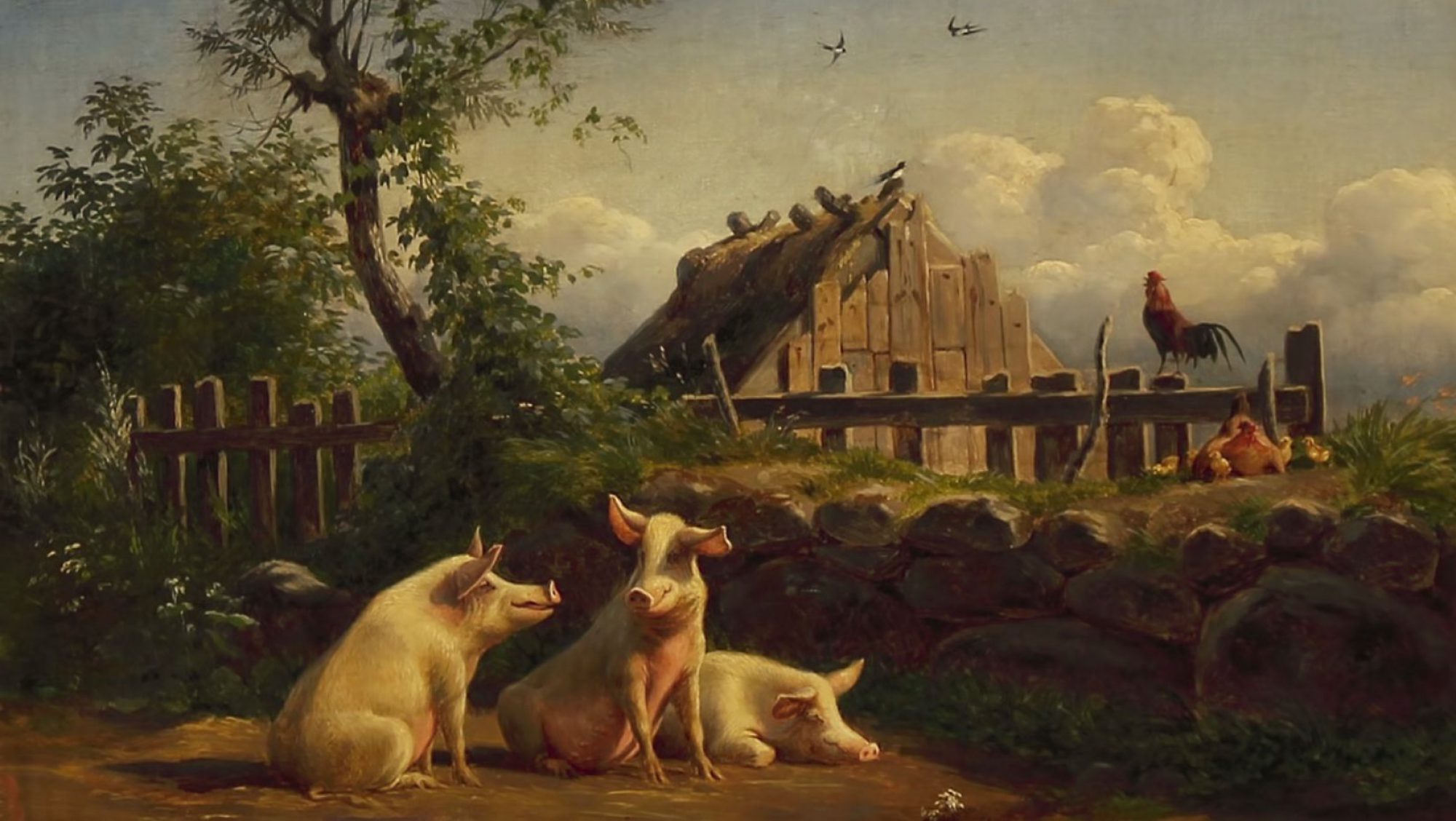As gardeners in the colder climates, we are waiting to finally sow and plant things, and every year, there is this question of when to get what into the ground. Instead of looking at calendars and weather forecasts, though, all you need to do is look at your yard for cues because nature tells you when the time is right. The study of these signs is called Phenology, and it is really quite helpful for every gardener. Below, you find two example lists, one sorted according to cues, the other according to vegetables, for your consideration. While cues are different in every region, the following examples list plant cues that are quite common from sea to shining sea. Happy gardening!
Cues
- Blooming crocus are your cue to plant radishes, parsnips, and spinach.
- When the forsythia is in bloom, it is safe to plant peas, onion sets, and lettuce.
- Half-hardy vegetables, including beets, carrots, and chard, can be planted when the daffodils blossom.
- Look for dandelions to bloom before planting potatoes.
- Perennial flowers can be planted when the maple trees begin to leaf out.
- When quince is blossoming, transplant cabbage and broccoli.
- Wait for apple trees to bloom before planting bush beans.
- When the apple blossoms fall, plant pole beans and cucumbers.
- By the time the lilacs are in full bloom, it will be safe to plant tender annual flowers and squashes.
- Transfer tomato transplants to the garden when lily-of-the-valley and blossoming dogwood are in full flower.
- Full-sized maple leaves signal time to plant morning glory seeds.
- Peppers and eggplant can be transplanted when the bearded irises are blooming.
- When peonies blossom, it is safe to plant heat-loving melons, such as cantaloupe.

Veggies
- Start succession plantings of beets and carrots when dandelions are blooming.
- Plant lettuce, spinach, peas, broccoli, and cabbage when the lilacs show their first leaves or when daffodils begin to bloom.
- Plant peas when the forsythia blooms.
- Plant corn and beans when elm leaves are the size of a squirrel’s ear, when oak leaves are the size of a mouse’s ear, when apple blossoms begin to fall, or when dogwoods are in full bloom.
- Plant tomatoes, early corn, and peppers when dogwoods are in peak bloom or when daylilies start to bloom.
- Plant cucumbers and squash when lilac flowers fade.
There are plenty of lists like this out there on the internet. Just ask the oracle!



great post 😁
LikeLike
What oracle?
LikeLiked by 2 people
The oracle of your choice, Dear. ☺
LikeLiked by 1 person
Plants know better and are wiser than our meteorologists. With your permission I would like to reblog your wonderful post!
LikeLiked by 3 people
By all means, please do, Peter. ☺ Mother Nature is not our enemy by any stretch of the imagination. We have just forgotten the language in which she speaks to us.
LikeLiked by 3 people
I will reblog your post tomorrow morning, I guess, afternoon your time. Thank you for being so kind, Anne!
LikeLiked by 1 person
My pleasure. ☺
LikeLiked by 1 person
Reblogged this on The Peter and Gertrud Klopp Family Project and commented:
The message of this reblogged post is loud and clear: As a successful gardener, for planting do not go by the calendar, but read the signposts of Mother Nature.
LikeLiked by 1 person